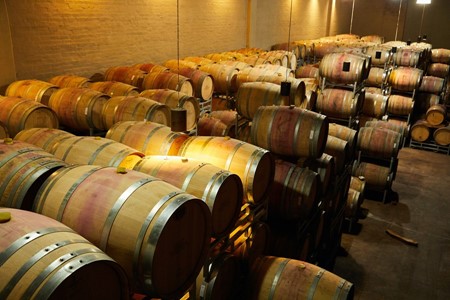
Di Ammonium Phosphate is used in various industries such as Food, Beverage, Agriculture, Animal Feed Industry etc. Out of the many uses of Di Ammonium Phosphate, one of its uses is in the Wine Industry. It is a key element in the winemaking process providing several benefits to the finished product.
Yeast is required in the process of fermentation of Wine. It helps in converting the sugar from the grape must to alcohol. But yeast on its own cannot help in the process of fermentation since it requires nitrogen to stimulate the fermentation process. This is when Di Ammonium Phosphate comes into the picture.
Di Ammonium Phosphate or DAP is used as one of the yeast nutrients in the process of fermentation. Yeast nutrients have YAN (Yeast Assimilable Nitrogen) which is required to avoid stuck or stopped fermentation. Yeast nutrients are used to speed up the process of fermentation. Basically, the yeast utilizes the nitrogen content of the Di Ammonium Phosphate to speed up the fermentation process. Nitrogen to the wine yeast is as important as oxygen is to humans. Di Ammonium Phosphate is an inorganic source of nutrients. Di Ammonium Phosphate is usually added in the first step of fermentation.
The addition of Di Ammonium Phosphate in the Fermentation of Wine has various benefits:
-
DAP stimulates the fermentation process.
-
It helps in flavour consistency.
-
It removes the sulfur smell from fermenting (which is usually because of stressed or stuck yeast).
In summary, DAP plays a vital role in modern winemaking, helping winemakers achieve consistent, high-quality wines. However, care should be taken to use DAP in a limited quantity as adding too much DAP can increase the risk of volatile acidity and can also mute flavour and aromatics.